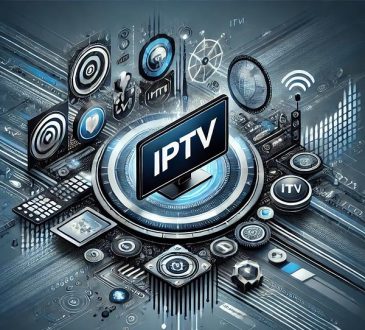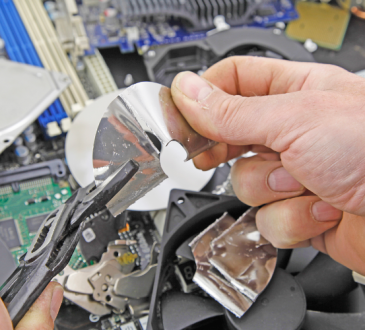
Building up a scalable Internet of Things (IoT) infrastructure involves many aspects and concerns. Most people think of scaling their servers immediately, utilizing larger machines or a cluster of smaller computers. Still, many more factors must be considered to keep up with rising demand. For instance, a more efficient technique to maintain and troubleshoot devices is required when the number of devices rises.
System administrators must be able to perform everyday activities with thousands of devices. Hence tools must be created. Monitoring must scale as the number of devices increases to detect and examine looming problems, defective hardware, or even hostile attacks on your infrastructure.
The IoT platform ecosystem has become a very complex landscape due to the explosion in IoT solutions and manufacturers we are seeing today. An IoT solutions infrastructure frequently requires the integration of cross-domain hardware and application systems to handle multiple applications and difficulties.
Additionally, it must be adaptable enough to successfully integrate new devices that might have various hardware designs in the future.
Importance of IoT Interoperability
IoT interoperability is still a target for many vendors despite its necessity. Many IoT solutions currently in use are proprietary and only intended to function in specific hardware or infrastructure environments.
Examples include protocols connected to a single third-party managed backend or wireless connection coupled to vendor-specific chipsets. Due to a lack of IoT interoperability, data cannot be successfully exchanged across various, occasionally overlapping devices and systems.
These silos, or closed ecosystems, present several issues from the standpoint of IoT platform adopters. They make it more difficult for new IoT platform devices and solutions to integrate and address various operational problems effectively. Supporting diverse IoT infrastructures can quickly increase costs and complexity beyond what businesses can handle.
In addition, vendor lock-in prevents consumers from switching in the future to more affordable hardware options while robbing them of control over their data, network uptime, and infrastructure management.
Another potential problem is technical instability, given the inherent risk that the seller may not provide the agreed-upon services and functionalities of the product. As a result, network scalability and quality of service are compromised, and security gaps may even open up.
Creating an Interoperable IoT Architecture
The best way to overpower these problems is to design your IoT networks from the beginning with interoperability in mind. Despite the very fragmented state of the IoT today, three general guidelines for IoT connectivity will aid in network planning.
- Open, Industry Standards
The foundation of solutions utilizing tested standards is an open, global framework acknowledged by Standard Development Organizations (SDO). Along with ensuring a high standard of service, open standards promote global transparency and uniformity by removing incompatible technical development and product design differences.
In the long run, this promotes interoperability, cross-vendor support, and global adoption. Additionally, you can reduce the chance of backward compatibility due to any strategic adjustments made by the proprietary vendor.
- Technologies powered by software
In this respect, deploying wireless solutions via a hardware-driven approach is challenging since you are limited to a distinct device type and depend on the appropriate vendor(s) to complete the certification process.
Contrarily, software-driven solutions allow you to flexibly integrate any legacy equipment and infrastructure that satisfies your operational needs, including sensors and business computers.
- Public Interfaces
Effective data transport to various users’ application systems and servers is required for IoT interoperability at the application layer. The main forces behind cross-application interoperability are open-source messaging protocols like MQTT or CoAP and Application Programming Interfaces (APIs) built on RESTful principles. These open interfaces are natively included in the IoT gateway in private network architecture, enabling direct data transfer to your desired backend for analytics and visualization without the need for a third-party managed server.
In conclusion, interoperability is essential for a solid and scalable IoT network and calls for special consideration in architecture design. A software-driven communication platform that is standard-based with open interfaces built-in makes it simple to implement in legacy environments and guarantees long-term compatibility with cross-vertical hardware and systems.
Conclusion
There are several aspects and considerations to consider while developing a scalable Internet of Things (IoT) infrastructure. Integration of cross-domain hardware and application systems is typically necessary for an IoT infrastructure. It needs to be flexible enough to successfully integrate new devices that could one day have different hardware architectures.
A robust and scalable Internet of Things (IoT) network requires the creation of an interoperable IoT network, which necessitates special care in architecture design. Although the IoT is currently fragmented, three broad rules for IoT connectivity can help with network planning.
You can also use akenza.io, a self-service IoT platform that lets you build useful Azure IoT Hub products and services. Akenza.io is confident in its ability to help organizations develop IoT solutions by considerably reducing the workload and complexity.




